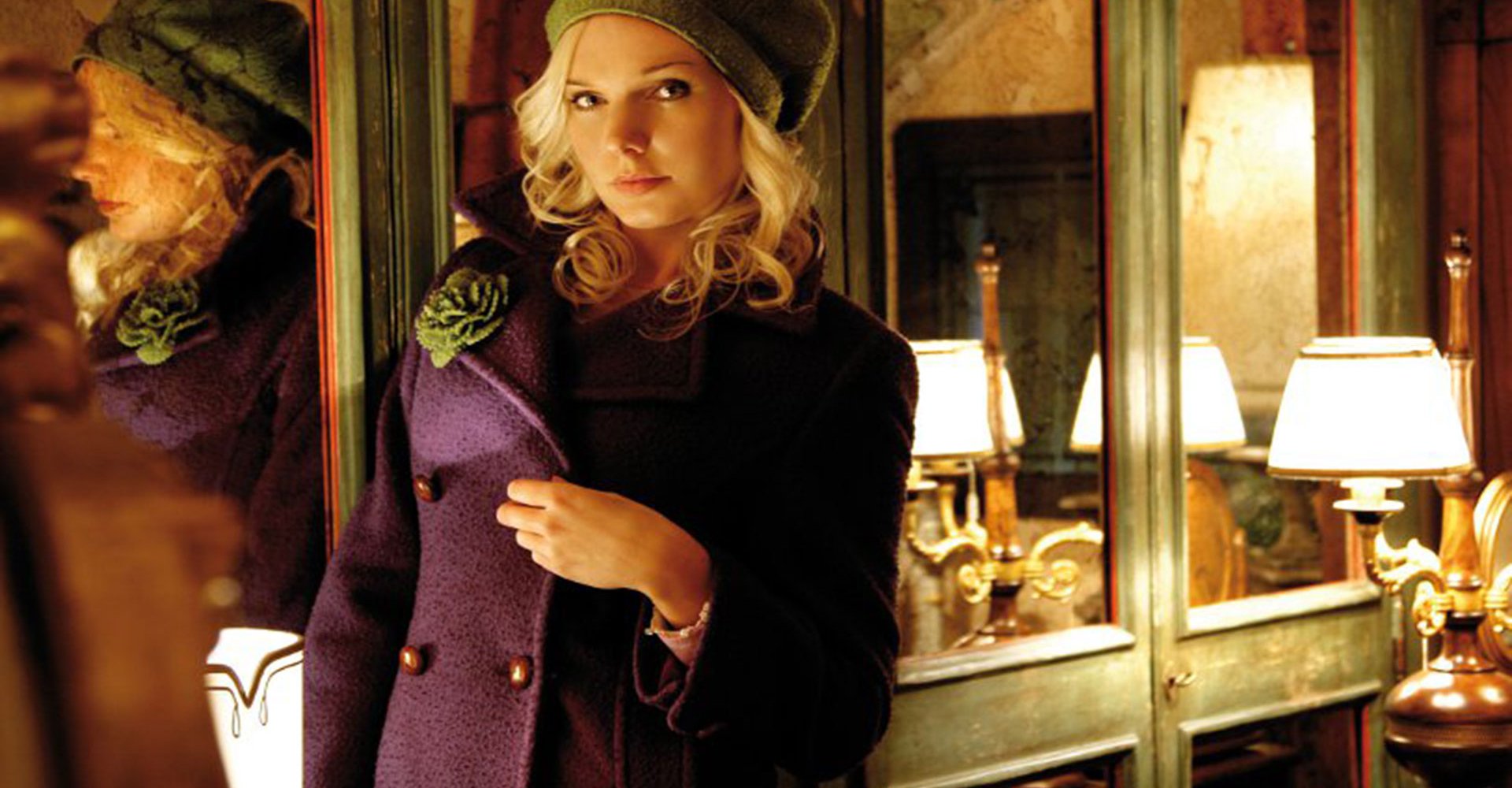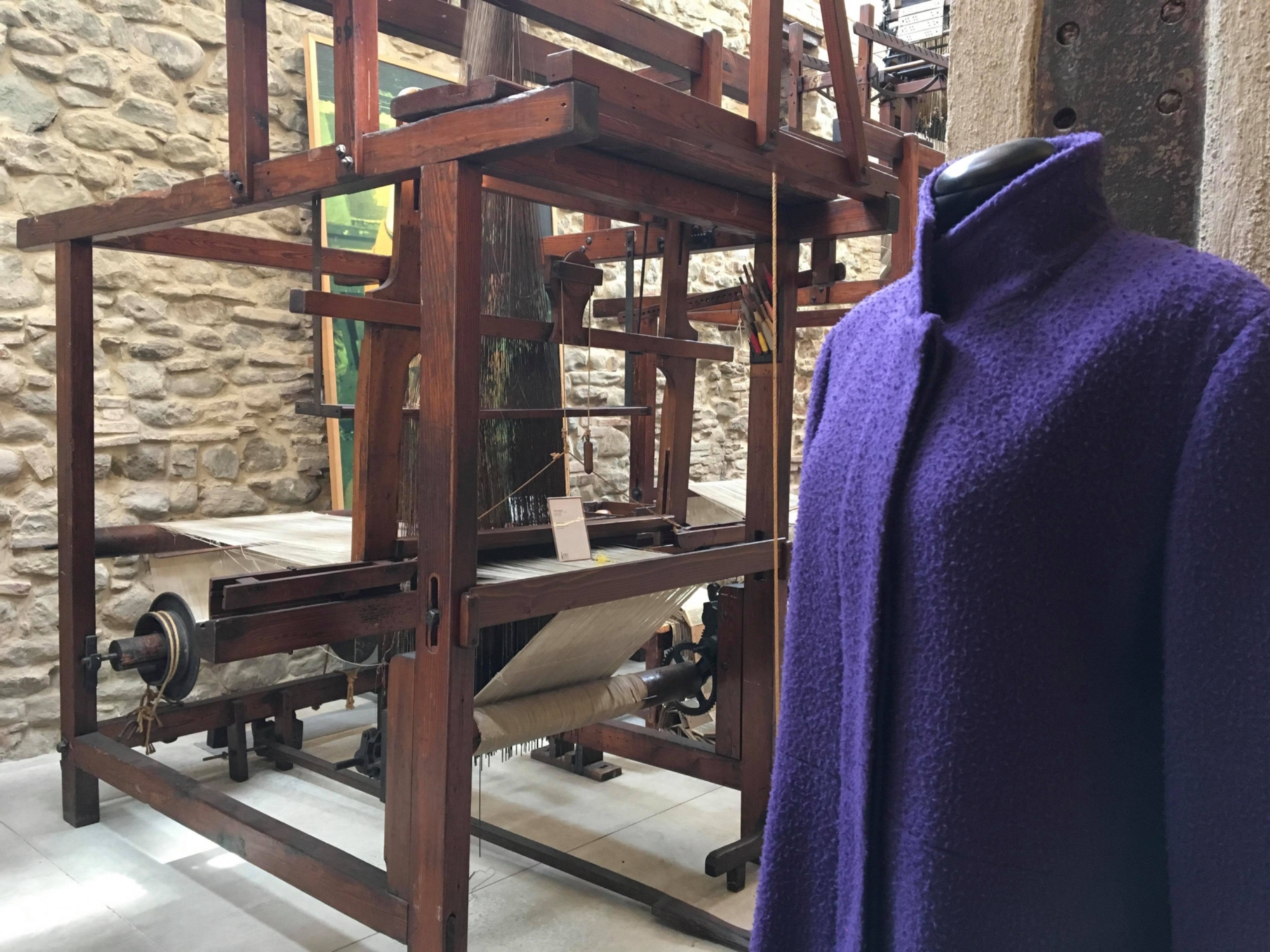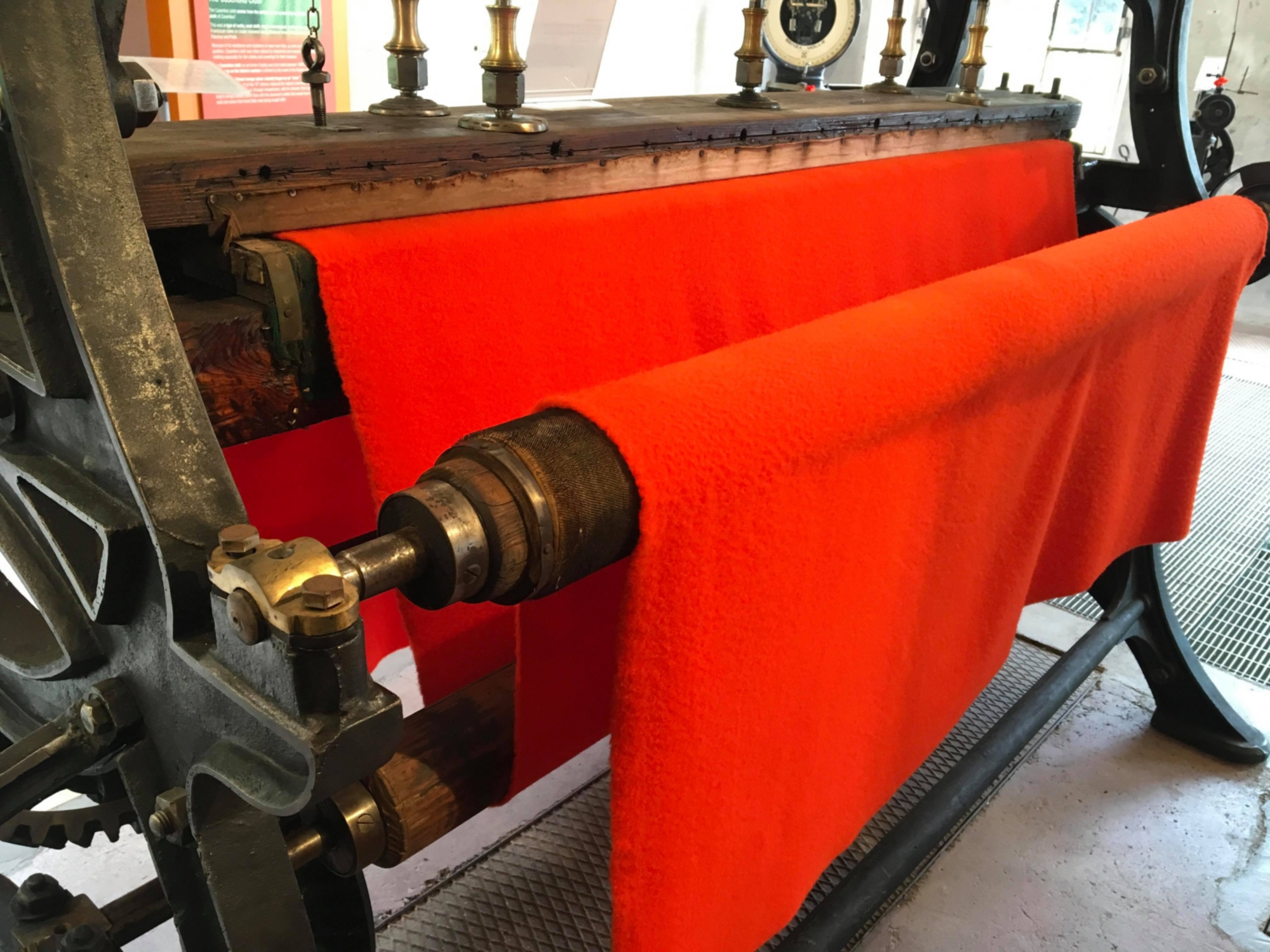Casentino cloth

Discovering a symbol of Tuscan craftsmanship, in vogue all over the world
Casentino cloth is a product of Tuscan handicrafts with ancient origins. In the past, due to its durability, it was mainly used by shepherds, woodcutters and people working outdoors who had to cope with harsh weather. This pure woolen cloth, referred to as "coarse", was characterized by poor finishing and uneven pile, valued exclusively for its high resistance to wear and weather.
Beginning in the second half of the 19th century, Casentino cloth was weighted down to make covers, riding capes, for trailing animals; by the end of the century it began to be used to make men's jackets.
It is also worn by well-known historical figures, such as Baron Bettino Ricasoli, Giuseppe Verdi and Giacomo Puccini.

It was not until the 1930s that the cloth, characterized by a curly surface and bright colors, such as flag green and goose beak orange, became a fashionable garment, used by noble lords and landowners.
Today the elegant Casentino cloth comes in a variety of hues, always favoring its traditional colors: brown, orange and green. The art of wool, a driving sector for the valley's economy in the last century, still characterizes the realities of Stia and Soci.
Since the end of 2022, after a period of difficulty, the production of Casentino cloth seems to be on its way to a new youth and popularity, with orange pieces destined for the creation of a coat for King Charles of England and an order of British green pieces from the fashion house Gucci, for the creation of a collection of shoes and bags.
Curiosity:

If we look at the ceiling of the Basilica of S. Maria degli Angeli at the Sanctuary of La Verna, we find a medallion with the crest of the Arte della Lana. To the Florentine guild of wool workers, the Medici Seigniory, in the 15th century, gave the task of protecting the friars and their convent. Therefore, a wool mill producing "woollen cloth" was soon organized at Verna. The cloth of the Franciscans, therefore, produced in the colors "fratino", "bigio", and "topo", spread very quickly throughout Casentino.



